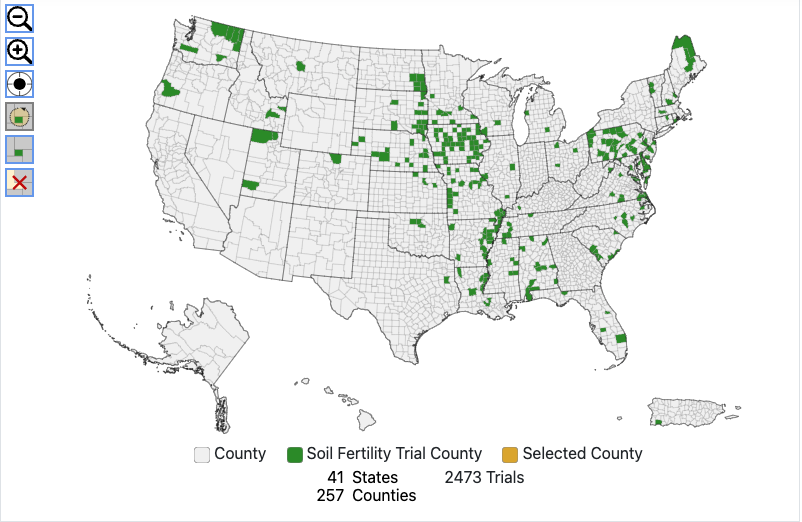Originally authored by Alvaro Garcia, former SDSU Extension Agriculture & Natural Resources Program Director.
There seems to be a misconception nowadays in much of the public that in order for agriculture to be sustainable in the future, there is a need to go organic. Organic agriculture can be sustainable, but so can traditional agriculture. Soil degradation is not something new since faulty agricultural practices, even with very little use of chemicals, also resulted in unhealthy soils. Although soil health, seems to be a relatively novel concept, in precolonial times advanced native cultures of North and Central America, and the South American Pacific rim had agricultural practices that improved soil conditions. At the time, intercropping using corn, beans, and squash (“The three sisters”), was a common practice. The nitrogen fixation properties of beans contributed fertility to the soil. Squash provided much needed shade discouraging weed growth and reducing water evaporation. Corn stalks allowed beans to climb and retain moisture that would drip at night for the other plants to grow. These simple practices allowed for rebuilding soil fertility, and maintained needed yields without fertilizers or pesticides. In addition, this practice engendered further nature’s diversity, something that monocultures and synthetic chemicals sometimes preclude from happening.
David R. Montgomery Professor of Earth and Space Sciences at the University of Washington contends there are three concurrent myths in today’s agriculture. The first is that large-scale agriculture feeds the world today, the second that large farms are more efficient, and the third that conventional farming is needed to feed the world. According to a recent Food and Agriculture Organization (FAO) report, family farms produce over three-quarters of the world’s food, and that almost three-quarters of all farms worldwide are smaller than 2.5 acres. The fact is that only about 1 percent of Americans farm today. Yet, most of the world’s farmers work the land to feed themselves and their families. Conventional industrialized agriculture feeds the developed world, but most of the world’s farmers work small family farms.
As far as the second argument (are large industrial farms more efficient) there is no doubt efficiencies of scale exist that decrease inputs per unit of production. According to a report by the National Research Council however, “well-managed alternative farming systems nearly always use less synthetic chemical pesticides, fertilizers, and antibiotics per unit of production than conventional farms.” In fact, a US census of agriculture reported, small, diversified farms double the food produced per acre compared to large farms. No doubt large farms outperform small farms as far as monoculture is concerned, however small diversified farms produce more diverse food per acre overall, which also enhances soil health and the environment.
The third myth or “Conventional farming is necessary to feed the world” is even easier to debunk. According to a 2016 report, the United States throws away roughly 50 percent of all produce—some 60 million tons (or $160 billion) worth of produce annually or “one third of all foodstuffs.” According to the EPA, wasted food is also the single biggest occupant in American landfills. This “cult of perfection” makes Americans throw away almost as much food as they eat, deepening hunger and poverty, and inflicting a heavy toll on the environment. As far as agricultural crops are concerned, the US is producing much more than the internal market will bear. This is one of the main reasons for the current dismal prices farmers receive for their production, and how dependent we have become of reliable trading partners worldwide.
Undoubtedly, increasing the precision of the application of chemicals is important, but the true change needs to come from transforming the current culture of “overproducing us out of business”, while oftentimes taxing the environment in the process. Conventional farming practices that degrade soil health are counterproductive to be able to feed the world in the near future. No-till farming, cover crops, intercropping, and complex rotations in the context of different soil types are the answer to future climate, environmental and socioeconomic constraints.


